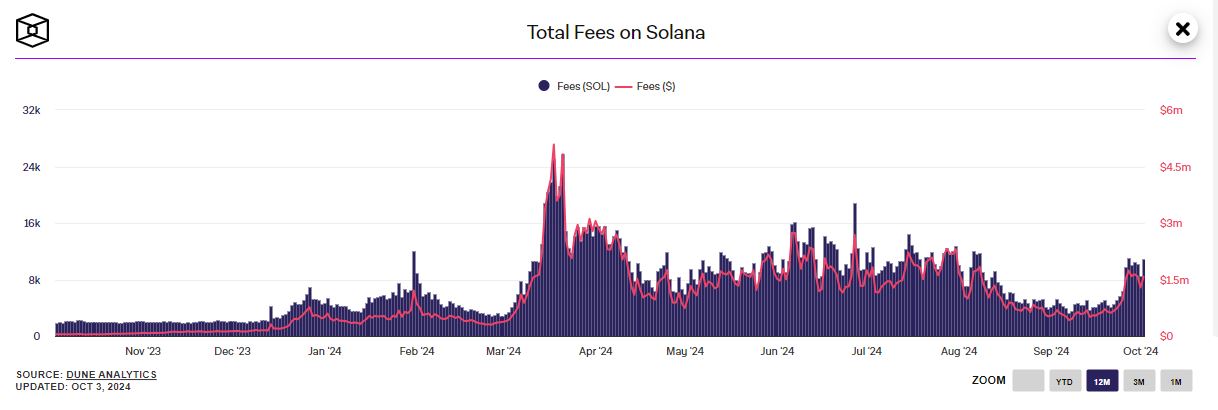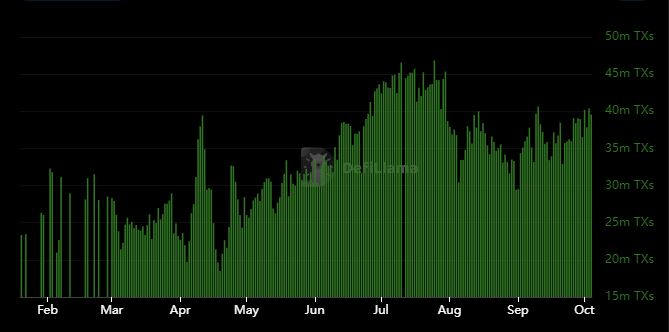- There has been a significant shift in Solana’s demand dynamics
- It may be worthwhile to assess the correlation between SOL demand and Solana stablecoin market cap
Does the Solana ecosystem have anything to do with SOL’s struggle to get back above $200? The cryptocurrency showed robust demand in the first half of 2024, allowing it to bounce back strongly from any dip. However, the same cannot be said of SOL’s recent performances.
SOL has had a weaker recovery over the past three months and this is consistent with some observations from the Solana network. In fact, Solana’s market cap so far this year shows an interesting correlation with SOL’s price performance.
Solana’s stablecoin market cap briefly rose above $4 billion in the last week of August. However, since then the sector has seen significant outflows and has now fallen to $3.72 billion. The last time such a big dip occurred was from mid-April to the last week of June.


Source: DeFiLlama
The cryptocurrency struggled to rise back to $200 during the period from April to June. Likewise, recent bullish attempts have shown weak momentum.
Is Solana’s network activity slowing down?
Solana’s stablecoin market cap has seen aggressive growth during times when the market is experiencing strong demand. For Solana, this was largely due to strong demand for memecoins in the first quarter of 2024. However, the hype surrounding memecoins seems to have subsided, especially since June.
The slowdown of network activity can be more accurately observed using network costs. Solana rates were highest in March, around the same time that network demand and utility were also highest.


Source: Dune
The network fees were also based on the value of SOL, which also fluctuated based on market demand. This means that it does not necessarily provide the most accurate assessment of network performance. The market capitalization of Solana stablecoin is better aligned with on-chain transactions.
The initial increase in transactions peaked in April, followed by a dip and a higher peak in July. Since then, transactions have slowed down due to slowing network provision.


Source: DeFiLlama
Based on the above findings, it is clear that network demand has cooled, especially in the past three months. As a result, the organic demand that supported SOL’s value is not as strong as in the first half of the year.
This may be why SOL doesn’t seem to bounce back as strongly as it used to.

